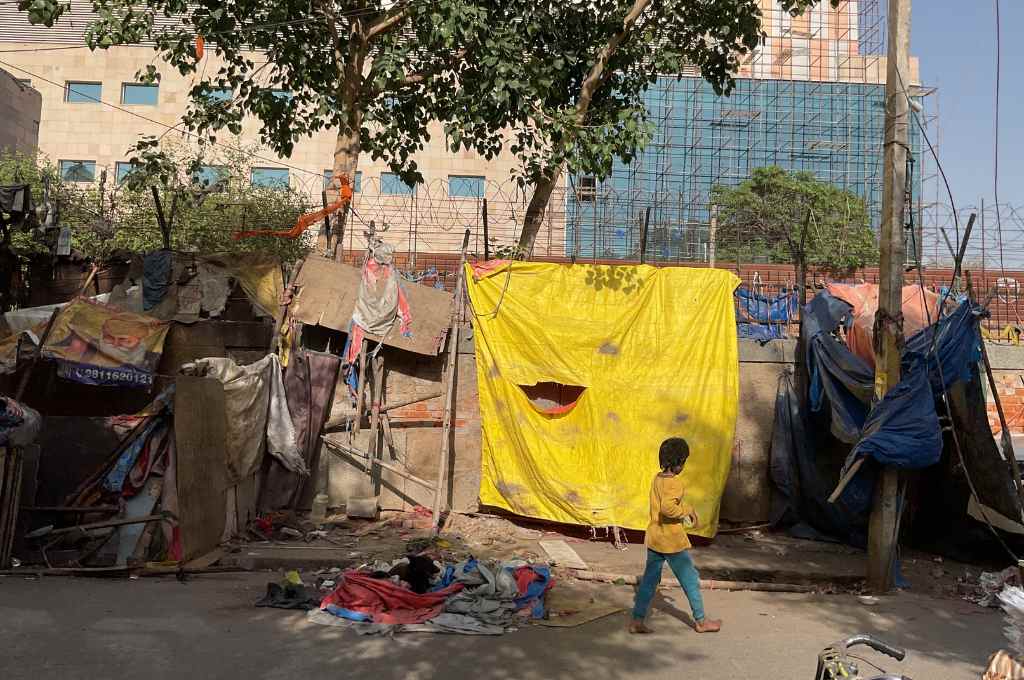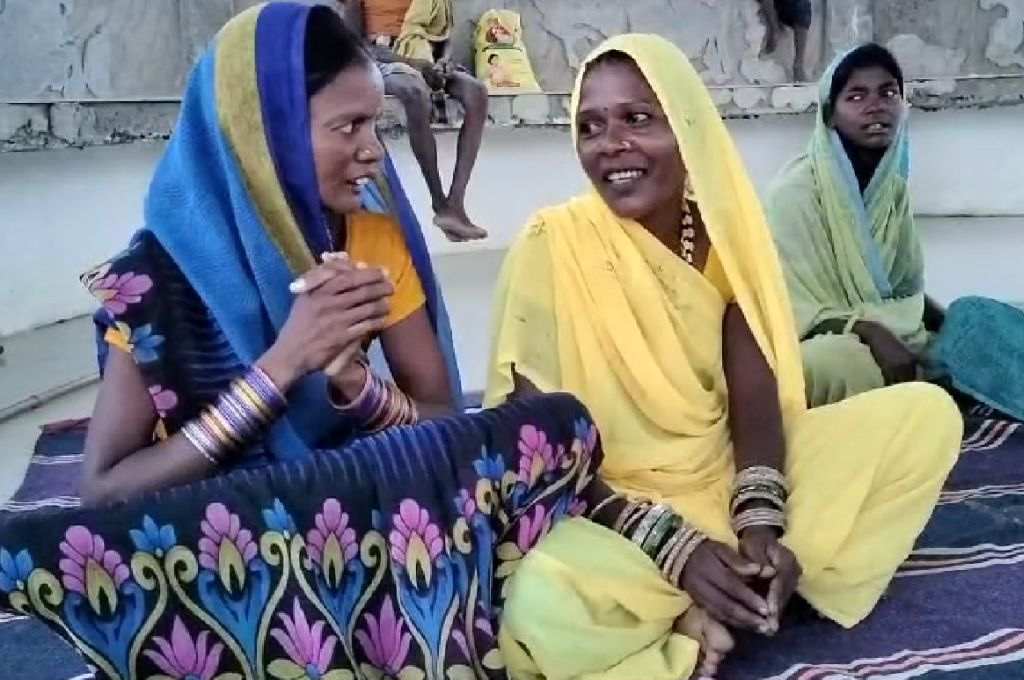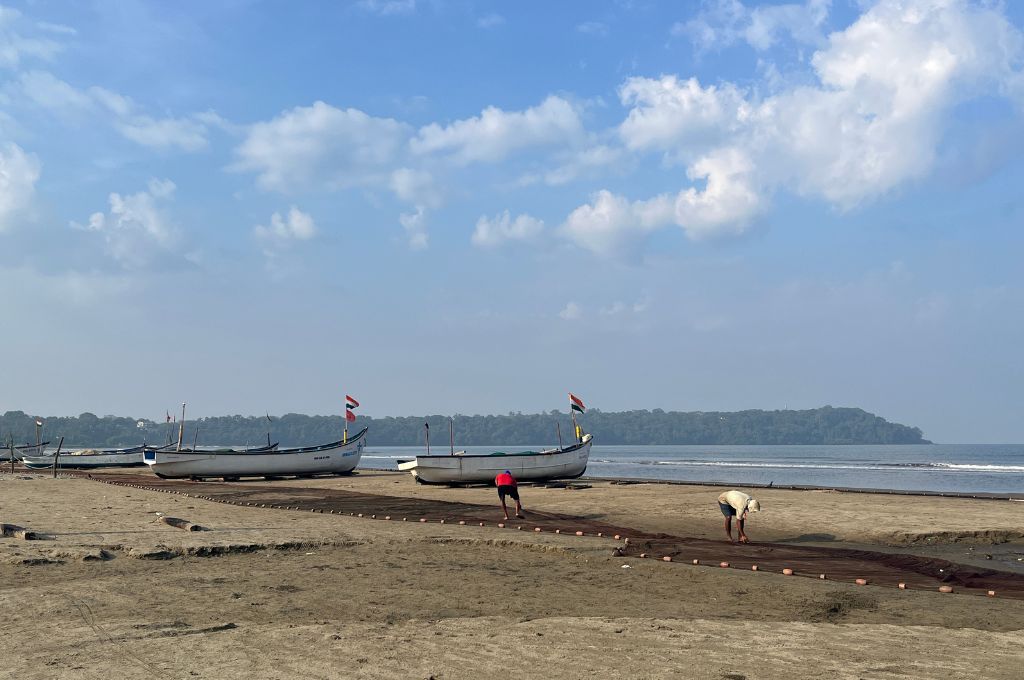READ THIS ARTICLE IN
Hot houses

Rather than traditional mud structures (left), the new houses being constructed in Hadagari village, Odisha, are made of brick and concrete (right). This is because these houses are built under the Pradhan Mantri Gramin Awaas Yojana (PMAY-G), a rural housing scheme, which stipulates the materials that must be used.
In summer, temperatures usually cross 40 degrees centigrade, and the traditional mud houses are designed to help keep the heat out and the interiors cool. Some villagers worry that their new concrete houses will be too hot and unsuitable to live in, come summer. However, if they are to avail of the financing available under the PMAY-G, they have no choice but to build these ‘modern’ houses.
Tanaya Jagtiani is an editorial analyst at India Development Review (IDR).
—
Know more: Read about the issues faced by tribal communities living around urban areas related to realising and unlocking the value and potential of their land.



